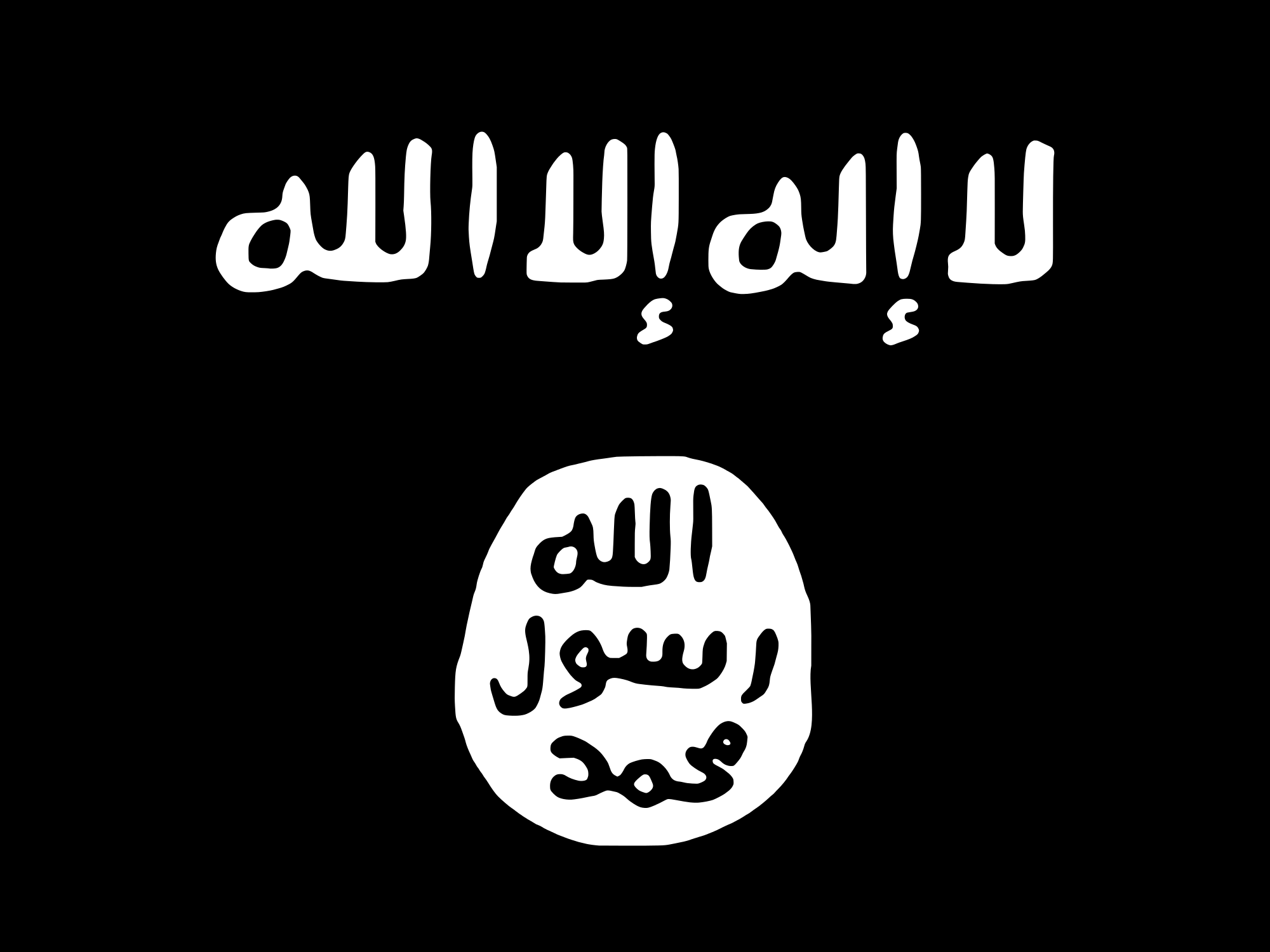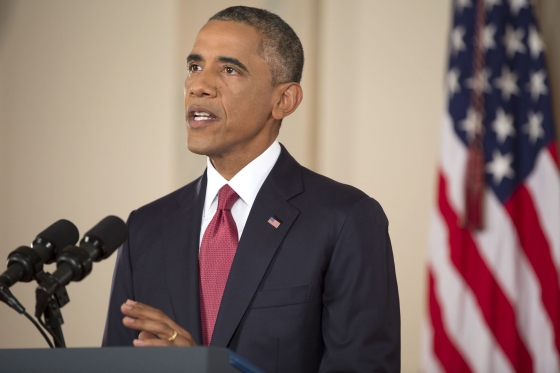A Contribution By Kagusthan Ariaratnam & Ammna Nasser
Youth radicalization has acquired renewed momentum in the current age of ISIS (Daesh). Repeated victories reported by the Iraqi and Syrian security forces is pushing Daesh to rethink survival strategies to live and fight another day. The group is keen on expanding itself beyond the Iraqi and Syrian battlefield, and is desperately attempting to infiltrate the rest of the Middle East, Asia, and Europe. Members of the organization continue to disguise themselves as civilians, blending into mainstream society, where they have achieved unprecedented success in planning, preparing, and executing major attacks worldwide. A significant proportion of alleged assailants happen to be youth, some as young as 12. Furthermore, Daesh is also transforming its operational headquarters from a physical space to a virtual platform that is far removed from Iraq and Syria. A key peril of international terrorism, it is against this backdrop that one must acknowledge the national, regional, and global security implications that emanate from Daesh-affiliated threats.
Similar to Al Qaeda, the Mujahedeen, and the Taliban, Daesh represents and acts as an ideological enterprise which seeks to radicalize Muslim youth within the Middle East and beyond. These ideologues exploit, corrupt, and utilize young minds for their pernicious cause, and extensively promote their ideological mindset among the current and next generations of Muslims. However, Daesh is hardly unique in targeting the youth, especially when we speak of the large-scale indoctrination and training of young men. It is paralleled by Al Qaeda, which also sought to radicalize the youth into pledging the organization’s toxic mantra pertaining to Islamic extremism.
There are a series of imperative dynamics which nonetheless distinguish Daesh from other groups with similar aspirations. Primarily, ‘lone wolf’ attacks, which are inherently inspired but not necessarily orchestrated by the terrorist organization itself; largely a consequence of widespread accessibility to cleverly articulated propaganda promoted via Facebook, YouTube, and Twitter. However, while the role of social media is critical in Daesh’s captivation of today’s youth who are congenitally addicted to technology, the internet, as reported by the Homeland Security Institute, is merely a tool through which radicalization is accelerated. Youth radicalization in itself is also a process rapidly unfolding offline, in a real-world context.
Globally, terrorist activity among the youth has emerged from a rather heterogeneous population, who are seduced into any form extremism for a variety of reasons. A study published by Bizina and Gray (2014) in the Global Security Studies journal brought forth a crucial underlying cause for radicalization: economic, social, and political marginalization which, when taken together, cultivate a sense of purposelessness and lack of hope for the future. Nevertheless, it is imperative to note that economic, social, and political marginalization on their own do not make everyone susceptible to radicalization. Several people remain poor, voiceless, and frustrated in the West. It is safe to conclude, however, that violence aimed at threatening the core of society are still not commonplace.
Daesh has strategically coined perspectives founded on ‘Islamic ideals’ to inform a pseudo-spiritually inspired congregation, thereby legitimizing economic, social, and political grievances by acting as a catalyst for change, promising empowerment along the way and paradise in the end. However, as Christian Picciolini, a reformed white nationalist, said: “People become extremists not necessarily because of the ideology. The ideology is simply a vehicle to be violent. I believe that people become radicalized, or extremist, because they’re searching for three very fundamental human needs, which are intertwined: identity, community and a sense of purpose.” Picciolini’s statement is applicable to much of the Muslim youth in the West, who face relative deprivation compounded by deliberate political and social exclusion in North America and Europe, rendering them invisible and hence susceptible to Daesh’s ideology.
It is worthy to pay attention to the broader social structure in which young Muslims and their families are embedded. Even in present day Western Europe, third generation Muslims are often clearly identified as immigrants, which often disables them from fully integrating in the host country’s society. Despite a plethora of policies in place to ensure the assimilation of immigrants, they are often not fully accepted or welcome in the social structure of white Europeans. The Muslim community (or any other ‘immigrant’ populace for that matter) is forced to create a “parallel society,” as Bizina and Gray describe, which can be observed in France, the UK, and Germany, naming only a few. When they construct a sub-sect in Western European countries, they continue to practice their daily traditions, religion and uphold values from where they have migrated, often residing in poor neighborhoods. Young educated Muslims are confronted by an identity crisis, caused by the stark differences experienced between the private and public sphere. They are deeply tied to their respective communities when home and are therefore unable to experience what it does mean to be European when outside their vicinity, merely a consequence of their ethnicity. As young Muslim men and women strive to find their identity, confusion breeds vulnerability, and this serves as a leading cause for them to fall prey to Islamic fundamentalism, especially when preached by a charismatic persona. The Boston bombings are a classic case in point. The Kyrgyz-American Tsarnaev brothers turned to radical ideology to demonstrate their anger, frustration, and explicit hatred toward a country which failed to provide them financial and social support in a desperate situation. Pledging to the Jihad equipped them with much-needed empowerment to demonstrate their personal grievances.
The nature of terrorism is inherently political; they campaign and terrorize to captivate attention in whatever way possible, even if death is a certain outcome. Terrorist campaigns are often a response to further deprivation and marginalization of individuals. In France, for instance, officially enshrined hostility pertaining to the public display of any faith is deemed a deliberate attack on Islam by many Muslim people. In contrast to France’s quest for secularism, mainstream Islam does embrace a public representation of the religion through wearing a black veil or breaking a fast in the middle of the day. The banning of the hijab is akin to curbing a Muslim woman’s desire for self-expression which, when pitted against the crux of France’s democratic values of equality and universality, can be deemed biased. In 2008, for example, the French court denied a woman of Moroccan descent French citizenship, as reported by the Guardian. The court’s justification was that her veil was acting as a barrier to her prospective ability to assimilate in France. While Vincent Peillon, France’s former education Minister, has argued in favor of secularism as a mechanism to bring the society together as one, the effect has been paradoxical. It has left many feeling disenfranchised, and has often paved the path for Islamic extremists such as Daesh to ‘help’ the marginalized.
As we seek a solution, one cannot emphasize the importance of inclusiveness. As outlined by the Security Council Counter Terrorism Committee, all civil society groups (i.e. women, religious, cultural, social and educational leaders, the youth) must work together to promote social inclusion and cohesion. Their efforts must focus on ensuring ongoing dialogue addressing the significance of understanding and promoting an environment of coexistence. Families from various ethnic and religious backgrounds should strive to create a balance between their child’s cultural-self and mainstream-society-self. Alternative perspectives pertaining to integrity, human rights, and tolerance must be promoted by local cultural and religious leaders through creative mechanisms such as art and poetry, for instance. Moreover, it is also critical to involve the voice of all youth in the decision-making architecture at a local, national, regional and international level, explicitly addressing their grievances and fully acknowledging their ideas of action regarding countering violent extremism.
Photo: Representation of the ‘Black Standard’ Flag used by ISIS/ISIL. Islamic State of Iraq and the Levant, via Wikipedia. Public Domain.
Disclaimer: Any views or opinions expressed in articles are solely those of the authors
and do not necessarily represent the views of the NATO Association of Canada.




